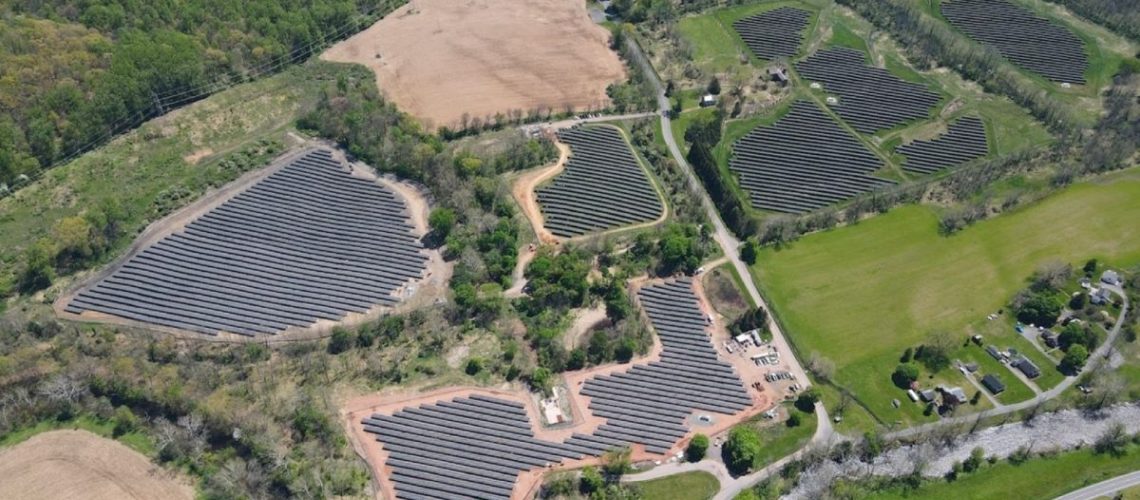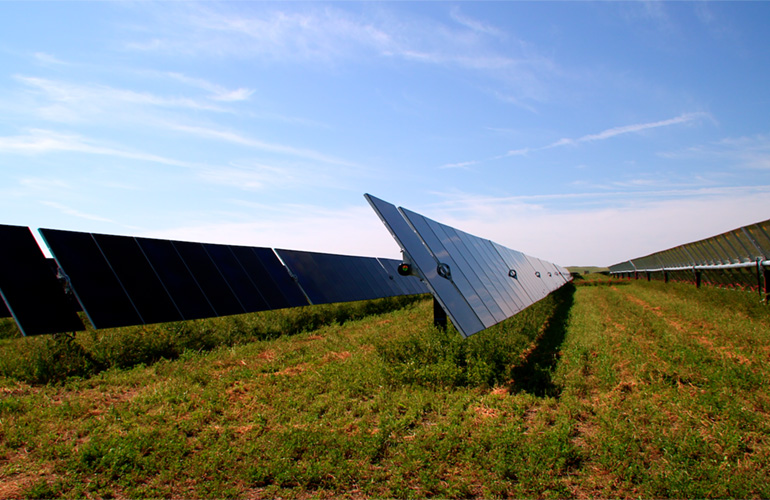Renewable energy developers received guidance from the Internal Revenue Service on an important Inflation Reduction Act provision.
Renewable energy developers seeking to maximize their receipt of tax credits have now received guidance from the Internal Revenue Service (IRS) on a key provision that adds value to projects sited on “energy communities.”
The Inflation Reduction Act of 2022 includes a 30% investment tax credit for the cost of developing renewable energy resources, provided developers meet labor requirements. Another 10% adder is applied to projects in energy communities, which have now been defined by the IRS.
Energy communities have been defined as:
- A brownfield site – defined as real property, the expansion, redevelopment, or reuse of which may be complicated by the presence or potential presence of a hazardous substance, pollutant, or contaminant and certain mine-scarred land.
- Statistical area – a metropolitan statistical area or non-metropolitan statistical area with a 0.17% or greater unemployment rate and 25% or greater tax revenues related to fossil fuel extraction, processing, transportation, or storage. These areas must also have an unemployment rate at or above the national average unemployment rate for the previous year.
- Coal closure – a census tract (or a census tract directly adjoining such census tract) in which a coal mine has closed after December 31, 1999, or in which a coal-fired electric generating unit has been retired after December 31, 2009.
A study by the Rocky Mountain Institute (RMI) in 2021 showed that landfills in the United States could host more than 63 GW of solar capacity, generating 83 TWh of electricity each year. This would equate to $6.6 billion in annual electricity revenues, according to RMI. There are more than 10,000 closed and inactive landfills across the nation. These sites often offer good sun exposure and little opportunity for other uses.
A mapping tool from the U.S. Department of Energy can be found here.
LandGate, a leading provider for data solutions and an online marketplace for U.S. commercial land and resources, published a guide for profiting from these energy communities using their PowerData tool.
“We are pleased to see that the Treasury Department adopted many of SEIA’s recommendations, including clear references to government data for qualifying areas, a 50% rule for projects to be located in an energy community, and a commonsense rule for adjoining census tracts,” said Abigail Ross Hopper, president and chief executive officer, Solar Energy Industries Association (SEIA).
Ross Hopper continued that there are a number of items that still require guidance from the Treasury Department, including domestic content, transferability, and the manufacturing production tax credit.
SEIA accomplishments
In November 2022, SEIA made numerous recommendations in filings with the Treasury department, many of which were adopted in the final guidance:
The Inflation Reduction Act generally defines “energy communities” with respect to certain types of U.S. government statistical data areas, such as “census tracts,” “metropolitan statistical areas,” and “non-metropolitan statistical areas.” However, the Act did not specify which vintages of these areas should be used by taxpayers. Today’s guidance clarifies which data sets will apply, and the mapping tool reflects and will reflect those data sets in a user-friendly way.
The Act also did not specify if clean energy projects were required to be entirely contained within an energy community. The guidance adopts SEIA’s proposal that if 50% or more of a project’s nameplate capacity or square footage is in an energy community, it will qualify for an adder credit.
The Act also did not define “adjoining” census tracts for purposes of determining energy communities near closed coal mines or coal-fired power plants. The guidance also adopts SEIA’s proposal that single-point adjacency, like adjoining corners in the case of quadrangle census tract shapes, is sufficient to be an “adjoining” census tract.






